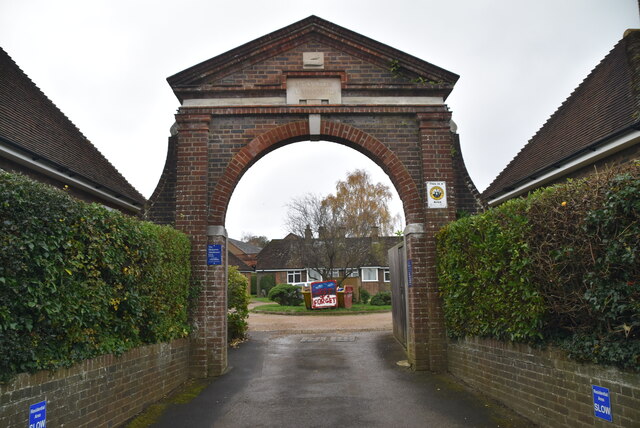Bullingstone
Settlement in Kent Tunbridge Wells
England
Bullingstone

Bullingstone is a small village located in the county of Kent, England. Situated in the southeastern part of the country, it is nestled amidst the picturesque countryside and is renowned for its idyllic charm and rural beauty.
The village of Bullingstone is characterised by its traditional architecture, with many of its buildings dating back several centuries. The village is home to a tight-knit community, with a population of around 500 residents. The residents take great pride in their village and actively participate in various community events and initiatives.
Surrounded by rolling hills and lush green fields, Bullingstone offers a tranquil and peaceful environment. The village is known for its stunning natural landscapes, which attract visitors from far and wide. It is also a popular destination for outdoor enthusiasts, with ample opportunities for hiking, cycling, and exploring the nearby countryside.
Bullingstone boasts a rich history, with evidence of human habitation dating back to the Roman era. The village is home to several historical landmarks, including a medieval church and a manor house, which serve as reminders of its past.
While Bullingstone is primarily a rural village, it is conveniently located near larger towns and cities. The bustling market town of Tunbridge Wells is only a short drive away, providing residents with access to a range of amenities and services.
Overall, Bullingstone is a charming village that offers a peaceful countryside lifestyle, rich history, and stunning natural beauty.
If you have any feedback on the listing, please let us know in the comments section below.
Bullingstone Images
Images are sourced within 2km of 51.144027/0.21401602 or Grid Reference TQ5440. Thanks to Geograph Open Source API. All images are credited.



Bullingstone is located at Grid Ref: TQ5440 (Lat: 51.144027, Lng: 0.21401602)
Administrative County: Kent
District: Tunbridge Wells
Police Authority: Kent
What 3 Words
///upstarts.nursery.rooms. Near Speldhurst, Kent
Nearby Locations
Related Wikis
Rusthall F.C.
Rusthall FC is an English football club located in Rusthall, near Royal Tunbridge Wells, in Kent. The club plays in the Southern Counties East League Premier...
Speldhurst
Speldhurst is a village and civil parish in the borough of Tunbridge Wells in Kent, England. The parish is to the west of Tunbridge Wells: the village...
Langton Green
Langton Green is a village in the borough of Tunbridge Wells, England, lying around two miles west of the town centre along the A264. It is located within...
Poundsbridge Manor
Poundsbridge Manor, nicknamed "The Picture House", is an oak timber-framed house built in 1593 by John and Brian Durtnall for their father William, Rector...
Nearby Amenities
Located within 500m of 51.144027,0.21401602Have you been to Bullingstone?
Leave your review of Bullingstone below (or comments, questions and feedback).
















